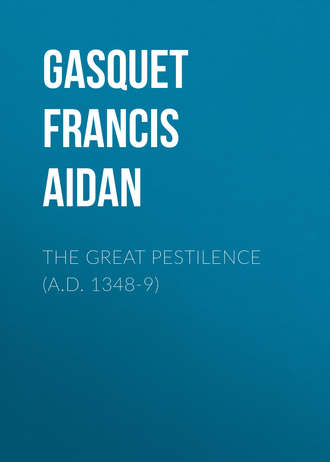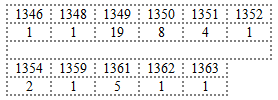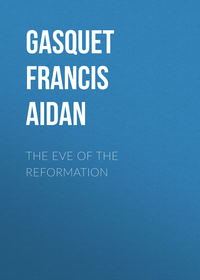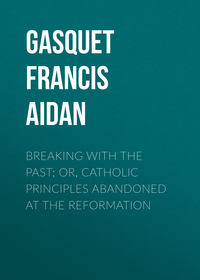 полная версия
полная версияThe Great Pestilence (A.D. 1348-9)

384
Harl. MS., 6965, fol. 145 (7 Id. Julii, 1349).
385
Ibid., fol. 146b.
386
B. Mus. Cole MS., 5824, fol. 23b.
387
For the real meaning to be attached to learning the Pater noster, etc., see my article on Religious Instruction in England in the 14th and 15th Centuries, in Dublin Review, Oct., 1893, p. 900.
388
Mr. Baigent's MS. collections.
389
From 1400 to 1418 the average was 17, from 1447 to 1467 only 18.
390
Reg. Trileck, fol. 180 seqq.
391
Reg. Trileck, fol. 163.
392
Archbishop Islip founded Canterbury College at Oxford to supply the failing ranks of the clergy and to increase the facilities of learning (Wilkins, iii., p. 52), and William of Wykeham likewise established his schools and colleges with the same object.
393
In the diocese of London, in the twelve years, from 1362 to 1374, Bishop Sudbury ordained 1,046 seculars and 456 regulars, the proportion consequently being about 2·3 to 1. In the last twenty years of the century, namely, from 1381 to 1401, Bishop Braybroke ordained to the priesthood only 584 seculars, whilst the regulars were 425 during the same period. In other words, during the first period, the average annual number of ordinations to the ranks of the secular clergy in the diocese of London was over 87; during the last twenty years of the century it was only 29·2. The averages of the regulars in the corresponding periods were 35 and 21·2. Similar results appear from the York registers.
394
Archbp. Islip at this time (1350) says: "Dum ad memoriam reducimus admirandam pestilentiam que nuper partes istas subito sic invasit, ut nobis multo meliores et digniores subtraxerat."
395
Annales Minorum, viii, p. 22.
396
Growth of English Industry and Commerce, p. 275.
397
The Annali della fabbrica, published by the Cathedral administration, show in the minutest detail the organisation by which the necessary funds were raised, and enable us to see how it was popular enterprise by which so noble an undertaking was achieved. We can now realise the weekly collections made by willing citizens from door to door, the collections in the churches, the monthly sales of offerings in kind of the most varied nature, jewels, dresses, linen, pots and pans, divers articles of dress and domestic use. Every one, rich and poor alike, felt impelled to join in some way in the work which, as the words of the originators express it, "was begun by Divine inspiration to the honour of Jesus Christ and His most Spotless Mother." Cf. an article by Mr. Edmund Bishop on the subject in the Downside Review, July, 1893.




